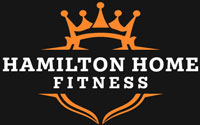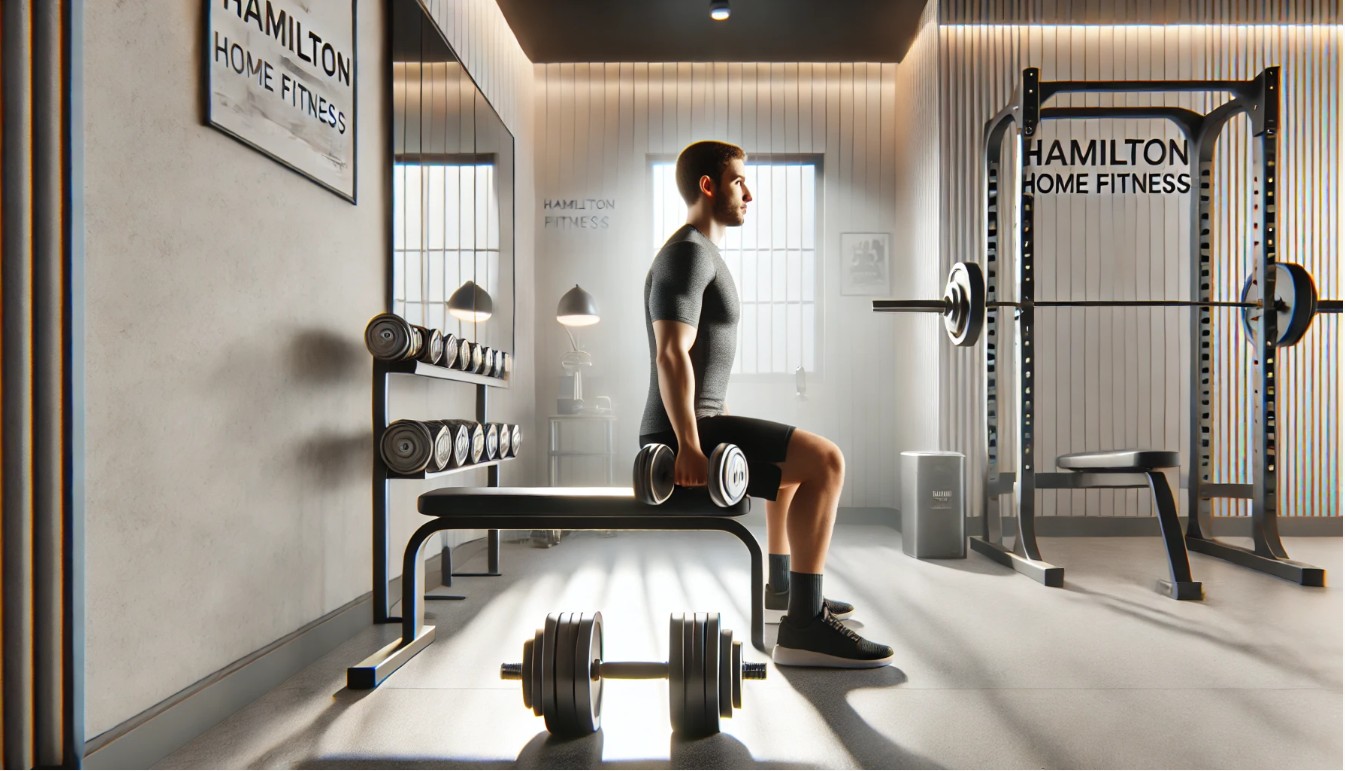Introduction
With so many different training alternatives, beginning your fitness journey may be both exhilarating and intimidating. Dumbbell and barbell workouts are among the most efficient and accessible ways to begin, regardless of your goals—muscle toning, fat loss, or improved general fitness. These multipurpose pieces of equipment are ideal for beginners who want to gain strength and muscle since they provide a variety of workouts that focus on different muscle areas.
Did you know that strength, posture, and general health can all be significantly improved with just two to three weight training sessions per week? According to a study published by the American College of Sports Medicine, beginners who use weight training can show results in as little as eight weeks. But where do you begin with so many options for exercise?
In this blog article, we'll discuss five easy dumbbell and barbell exercises that will help you establish a strong foundation for strength training. Concentrating on these basic workouts will not only teach you the proper skills but also guarantee long-term improvement in your fitness journey. Let's get started!
1. Dumbbell Squats: The Ultimate Lower Body Exercise
Squats are one of the most powerful exercises you can do, and using dumbbells for added resistance will help you get even more out of them. Dumbbell squats target the quadriceps, hamstrings, and glutes, making them a fantastic choice for building lower body strength and endurance. Plus, they engage your core, improving stability.
How to Perform Dumbbell Squats:
- Stand with your feet shoulder-width apart, holding a dumbbell in each hand by your sides.
- Keep your chest lifted and your back straight as you lower into a squat, pushing your hips back like you're sitting in a chair.
- Lower yourself until your thighs parallel the ground (or as low as comfortable).
- Press through your heels to return to the standing position, squeezing your glutes at the top.
Pro Tip: Keep your knees behind your toes to avoid unnecessary stress on your knees.
Why It's Great for Beginners:
Dumbbell squats are easy to modify based on your fitness level. If you're new to squatting, start with light weights or just your body weight, gradually increasing the resistance as you get stronger. Additionally, since Hamilton Home Fitness offers top-of-the-line dumbbells that provide excellent grip and durability, you'll feel confident during every rep.
2. Barbell Deadlifts: A Full-Body Strength Builder
The barbell deadlift is one of the most effective compound movements, engaging multiple muscle groups, including the back, glutes, hamstrings, and core. As a beginner, deadlifts might seem intimidating, but with the right form and technique, you'll quickly build strength and confidence.
How to Perform Barbell Deadlifts:
- Stand with your feet hip-width apart, the barbell resting before your shins.
- Bend at the hips and knees to grip the bar with your hands slightly wider than shoulder-width.
- With your back straight and chest proud, drive through your heels to lift the barbell, keeping it close to your body.
- Fully extend your hips at the top, then slowly lower the barbell back to the ground, maintaining control.
Pro Tip: To protect your lower back, focus on hinging from your hips rather than bending at the waist.
Why It's Great for Beginners:
The barbell deadlift is an excellent exercise for beginners because it builds total-body strength. The movement is also incredibly functional, improving posture, core stability, and overall mobility. Once you master the form, you'll have a movement that will benefit you across various fitness goals.
3. Dumbbell Bench Press: Build Upper Body Strength
The dumbbell bench press is a fantastic exercise for developing strength in the chest, shoulders, and triceps. Unlike the barbell version, it allows for a greater range of motion and better activation of stabilizer muscles, which is crucial for beginners.
How to Perform Dumbbell Bench Press:
- Lie flat on a bench with a dumbbell in each hand, held above your chest with palms facing forward.
- Lower the dumbbells slowly to your chest, keeping your elbows at a 45-degree angle from your body.
- Press the dumbbells back up to the starting position, fully extending your arms without locking your elbows.
Pro Tip: To avoid arching, keep your feet planted on the floor and your back flat against the bench.
Why It's Great for Beginners:
The dumbbell bench press allows beginners to practice lifting safely without needing a spotter, and the unilateral nature of the movement helps address muscle imbalances. Starting with a lighter weight ensures you can focus on your form and technique without risking injury.
4. Barbell Overhead Press: Strengthen Shoulders and Upper Body
The barbell overhead press, also known as the military press, is one of the best exercises for strengthening the shoulders, triceps, and upper back. This movement targets the deltoid muscles and helps improve posture and overall upper-body strength, making it an essential lift for beginners.
How to Perform Barbell Overhead Press:
- Stand with your feet shoulder-width apart, holding a barbell at shoulder height with your palms facing forward and elbows bent.
- Press the barbell overhead, extending your arms fully without locking your elbows.
- Lower the barbell back to the starting position, keeping your core engaged to avoid arching your back.
Pro Tip: Keep your head neutral and avoid leaning back excessively as you press the barbell overhead.
Why It's Great for Beginners:
The barbell overhead press helps build a strong upper body and is an excellent movement for improving shoulder health. You'll improve mobility and shoulder stability by practicing with lighter weights first before advancing to heavier lifts.
5. Dumbbell Row: Strengthen Your Back and Core
The dumbbell row is a powerful exercise that targets the lats, rhomboids, traps, and biceps. It also works your core as it stabilizes your body throughout the movement. As a beginner, this is one of the best exercises for improving your posture and developing a strong back.
How to Perform Dumbbell Row:
- Place one knee and hand on a bench, keeping your back flat and parallel to the ground.
- Hold a dumbbell in your free hand with your arm extended straight down.
- Row the dumbbell up toward your torso, keeping your elbow close to your body.
- Slowly lower the dumbbell back to the starting position and repeat.
Pro Tip: To activate your muscles to the maximum extent possible, focus on squeezing your
shoulder blades together at the top of the movement.
Why It's Great for Beginners:
The dumbbell row helps beginners build a balanced upper body by strengthening the back muscles, which are often neglected in many workout routines. This exercise improves posture and can alleviate muscle imbalances, making it a must-include in any beginner's workout.
Research & Sources
Multiple studies and expert opinions highlight the benefits of resistance training for beginners. According to a study published in The Journal of Strength and Conditioning Research, lifting weights, even at low intensities, significantly improves muscle strength and endurance in novice lifters. Another Sports Medicine review shows that dumbbell squats, deadlifts, and overhead presses are excellent for stimulating muscle growth and improving functional fitness in beginners.
Hamilton Home Fitness is also known for providing durable and ergonomic equipment that is perfect for people just starting their fitness journey. With quality equipment and expert advice, beginners can enjoy a safe and effective workout experience right from home.
FAQ (Frequently Asked Questions)
1. How do I know if I'm using the right weight for dumbbell and barbell exercises?
Start with a weight that allows you to perform 8–12 reps with good form. The last few reps should feel challenging but still achievable. As you progress, you can gradually increase the weight.
2. How often should I include dumbbell and barbell exercises?
As a beginner, aim for two to three strength training sessions per week, with at least one rest day in between to allow for muscle recovery.
3. Can I do these exercises at home?
Yes! Dumbbells and barbells are highly versatile and can be used at home, making it easier to fit workouts into your schedule. If you don't have access to a barbell, Hamilton Home Fitness offers adjustable dumbbells that can be used to perform many of these exercises effectively.
4. How can I avoid injury while performing these exercises?
Focus on proper form. Start with light weights and gradually increase resistance. If you're unsure about your technique, consider working with a trainer to ensure you perform the movements correctly.
Conclusion
Dumbbell and barbell exercises are foundational movements that will help you build strength, improve muscle tone, and develop a strong fitness foundation. Whether you're squatting, deadlifting, or pressing, each of the five exercises we covered today is designed to maximize your gains and minimize your risk of injury.
Incorporating these beginner-friendly dumbbell and barbell exercises into your workout routine will prepare you for long-term fitness success. Remember, consistency is key, and with the right equipment from Hamilton Home Fitness, you'll be well on your way to achieving your goals. Start small, stay dedicated, and watch your strength and confidence grow!
Ready to take the next step? Visit Hamilton Home Fitness to explore premium fitness equipment designed to help you succeed.






